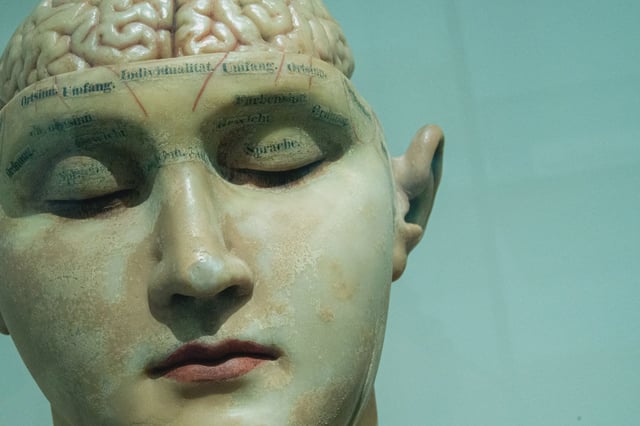Overview
- A single alanine-to-valine substitution at position 429 in ADSL emerged after divergence from Neanderthals and Denisovans and weakens enzyme stability in the brain
- Researchers identified non-coding variants present in over 97% of modern humans that further lower ADSL RNA expression and were driven by positive selection
- Mouse models carrying the modern ADSL variant show elevated purine substrates in several organs with the greatest buildup in the brain
- Female mice with the substitution consistently accessed water more frequently after sensory cues, indicating a competitive edge for scarce resources
- Scientists emphasize that differences between rodent and human neural circuits warrant additional studies before linking these findings to human cognition


